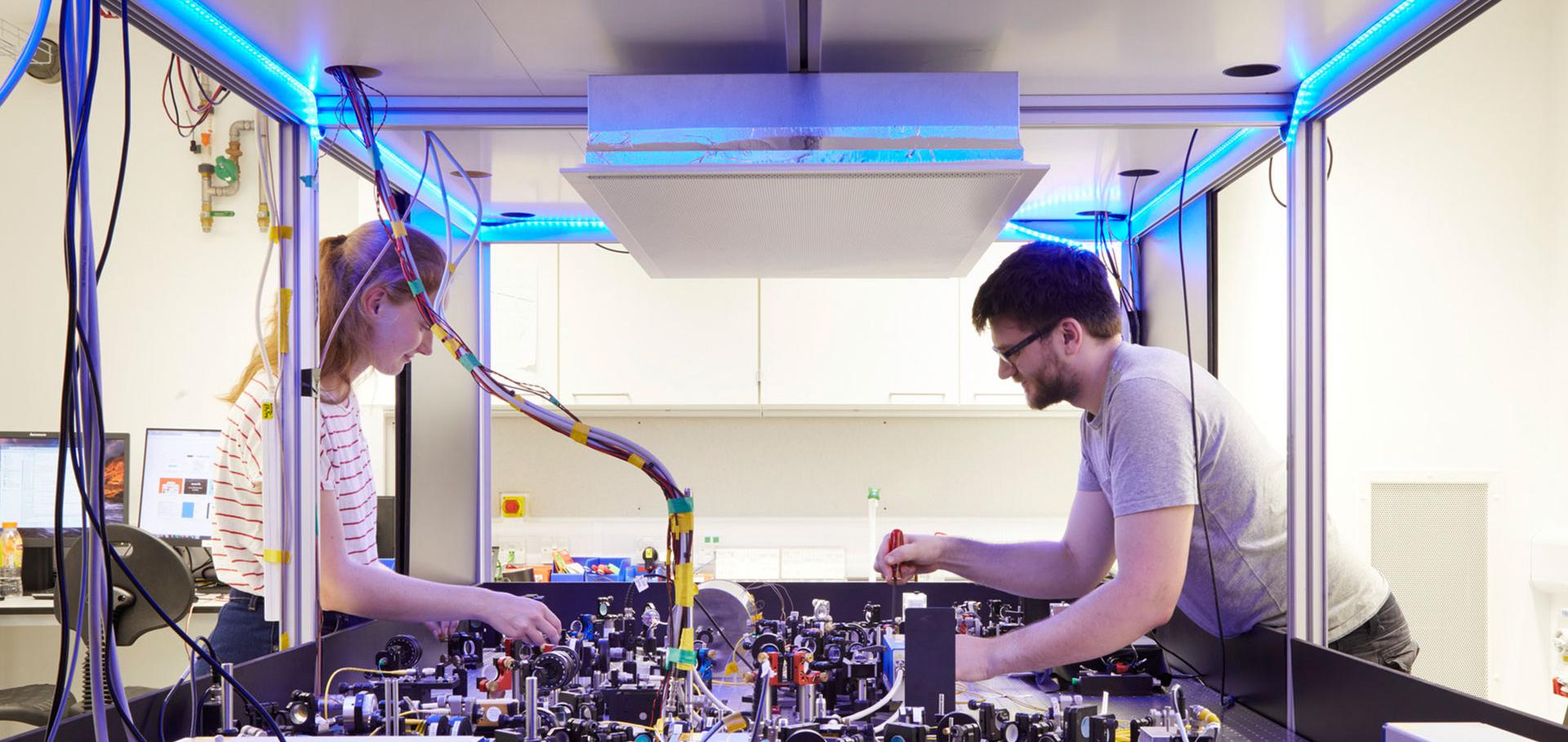Computational modelling of the semi-classical quantum vacuum in 3D
Abstract:
The global commissioning of multi-Petawatt laser systems provides unprecedented access to ultra-high electromagnetic fields for probing the quantum vacuum. However, current analytical models are limited, necessitating large-scale simulations for experimental validation. Here, we present real-time three-dimensional simulations of two quantum vacuum effects, using a semi-classical numerical solver based on the Heisenberg-Euler Lagrangian. The simulation model is benchmarked against vacuum birefringence analytical results with a counter-propagating setup. Simulations results of both plane-wave and Gaussian pulses are consistent with theoretical predictions. The solver is then applied to four-wave mixing using three Gaussian pulses with real-time information on the harmonic evolution. We provide quantitative explanations for the astigmatism in the output and produce precise estimates of the interaction time and size. Results are compared with the plane-wave model and previous numerical results. This solver paves the way for in-depth investigations of a broad spectrum of quantum vacuum effects in any arbitrary laser setup.Statistical theory of the broadband two-plasmon decay instability
Abstract:
There is renewed interest in direct-drive inertial confinement fusion, following the milestone December 2022 3.15 MJ ignition result on the National Ignition Facility. A key obstacle is the control of the two-plasmon decay instability. Here, recent advances in inhomogeneous turbulence theory are applied to the broadband parametric instability problem for the first time. A novel dispersion relation is derived for the two-plasmon decay in a uniform plasma valid under broad-bandwidth laser fields with arbitrary power spectra. The effects of temporal incoherence on the instability are then studied. In the limit of large bandwidth, the well-known scaling relations for the growth rate are recovered, but it is shown that the result is more sensitive to the spectral shape of the laser pulse rather than to its coherence time. The range of wavenumbers of the excited plasma waves is shown to be substantially broadened, suggesting that the absolute instability is favoured in regions further away from the quarter critical density. The intermediate bandwidth regime is explored numerically – the growth rate is reduced to half its monochromatic value for laser intensities of 1015 W/cm2 and relatively modest bandwidths of 5 THz. The instability-quenching properties of a spectrum of discrete lines spread over some bandwidth have also been studied. The reduction in the growth rate is found to be somewhat lower compared to the continuous case but is still significant, despite the fact that, formally, the coherence time of such a laser pulse is infinite.


